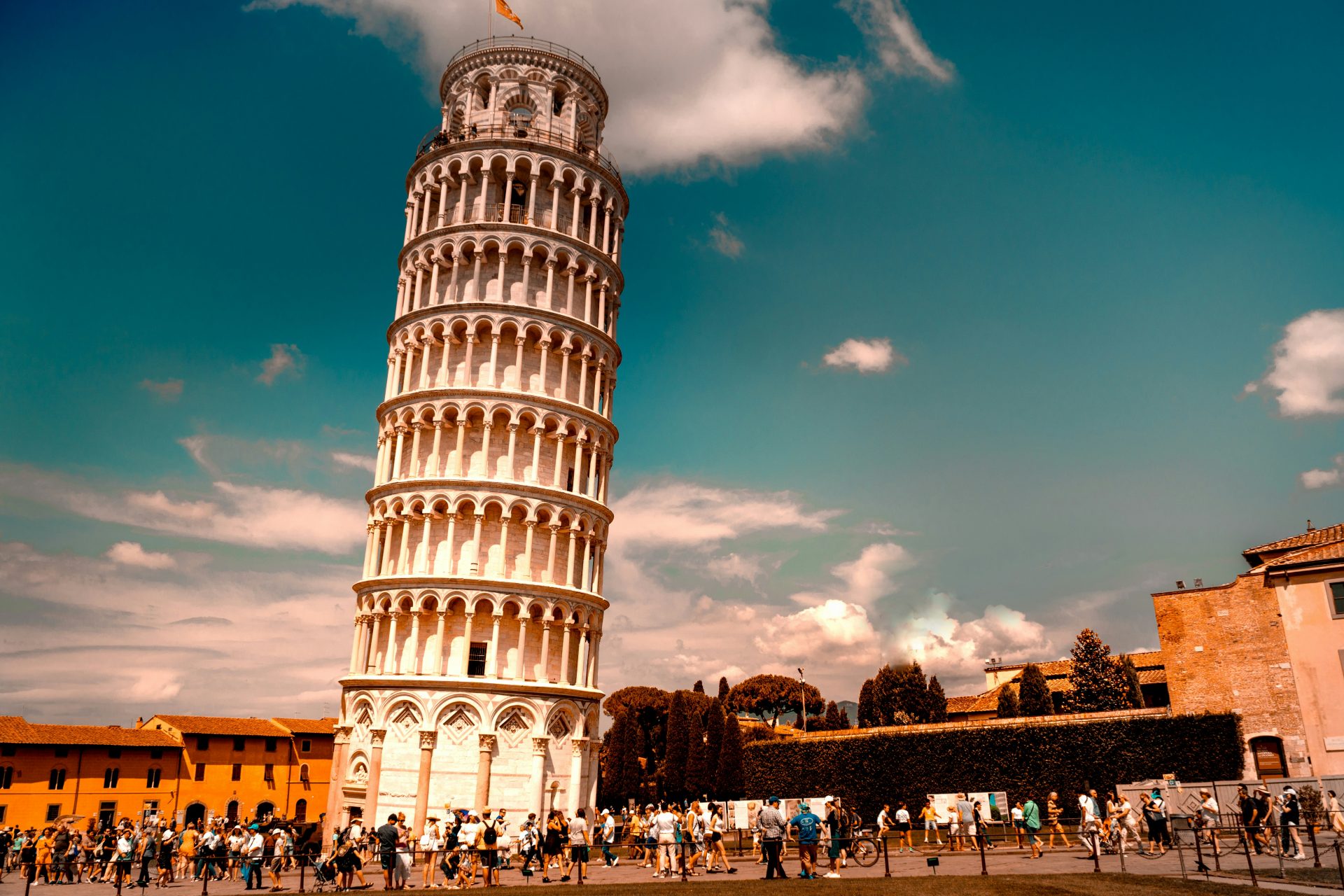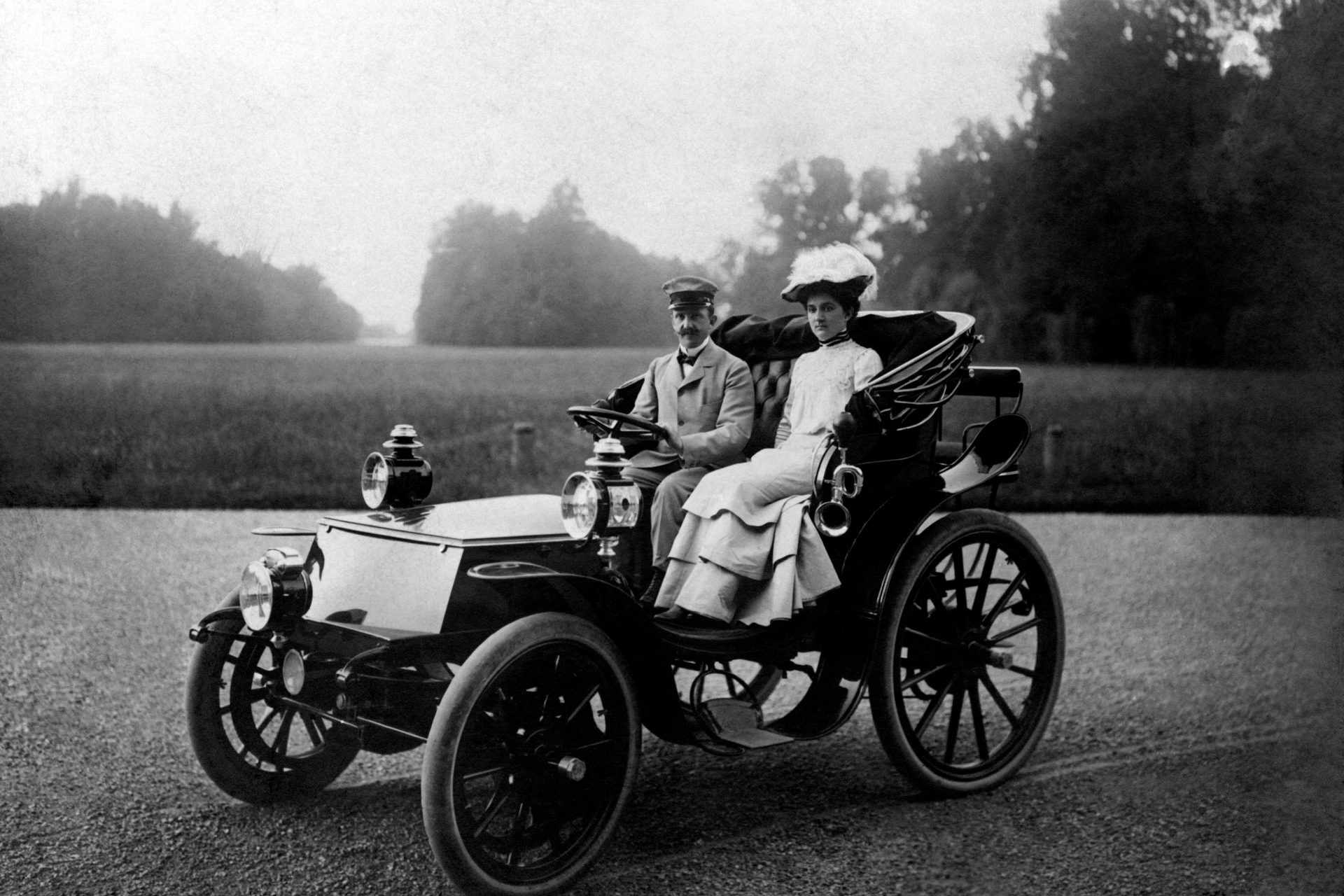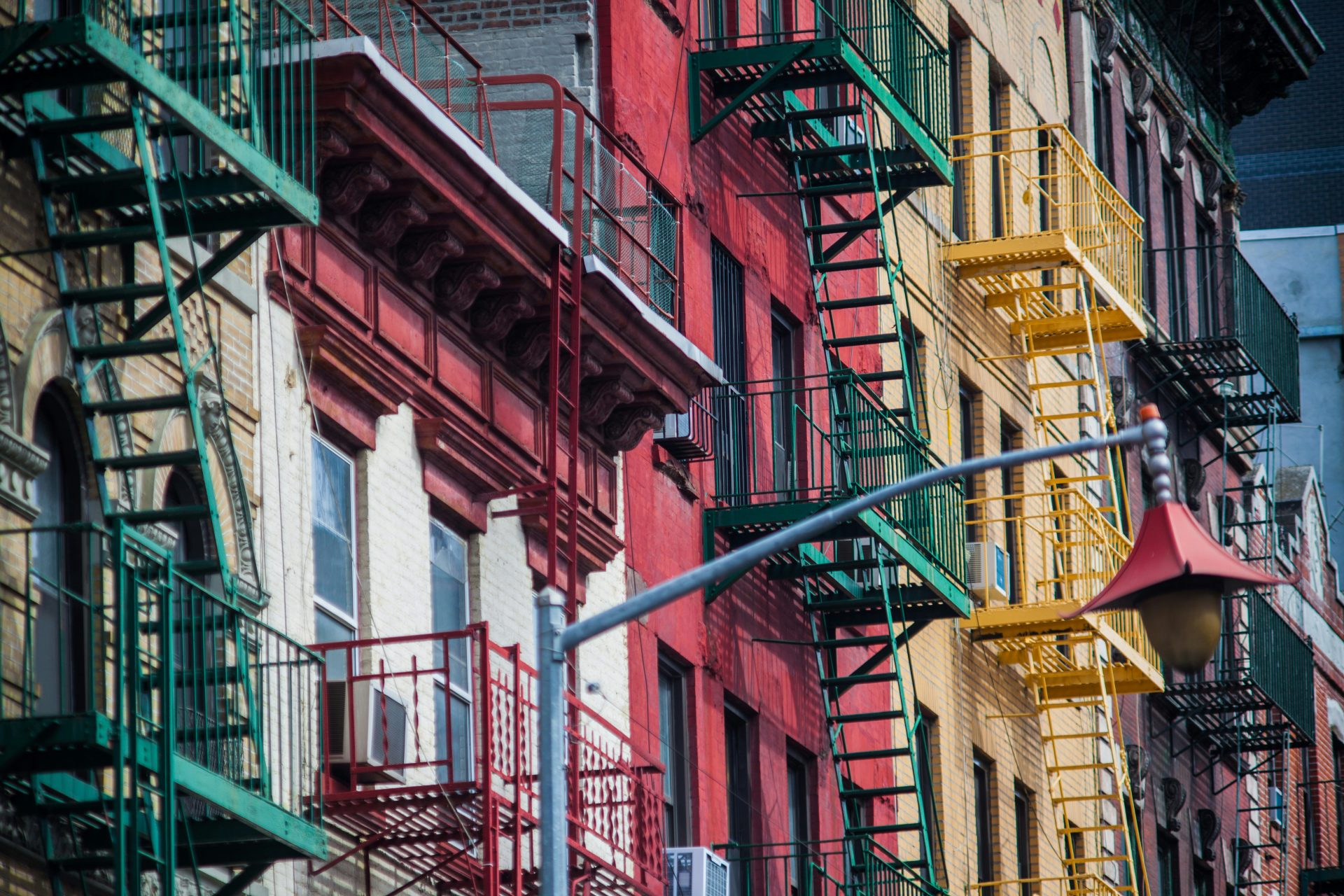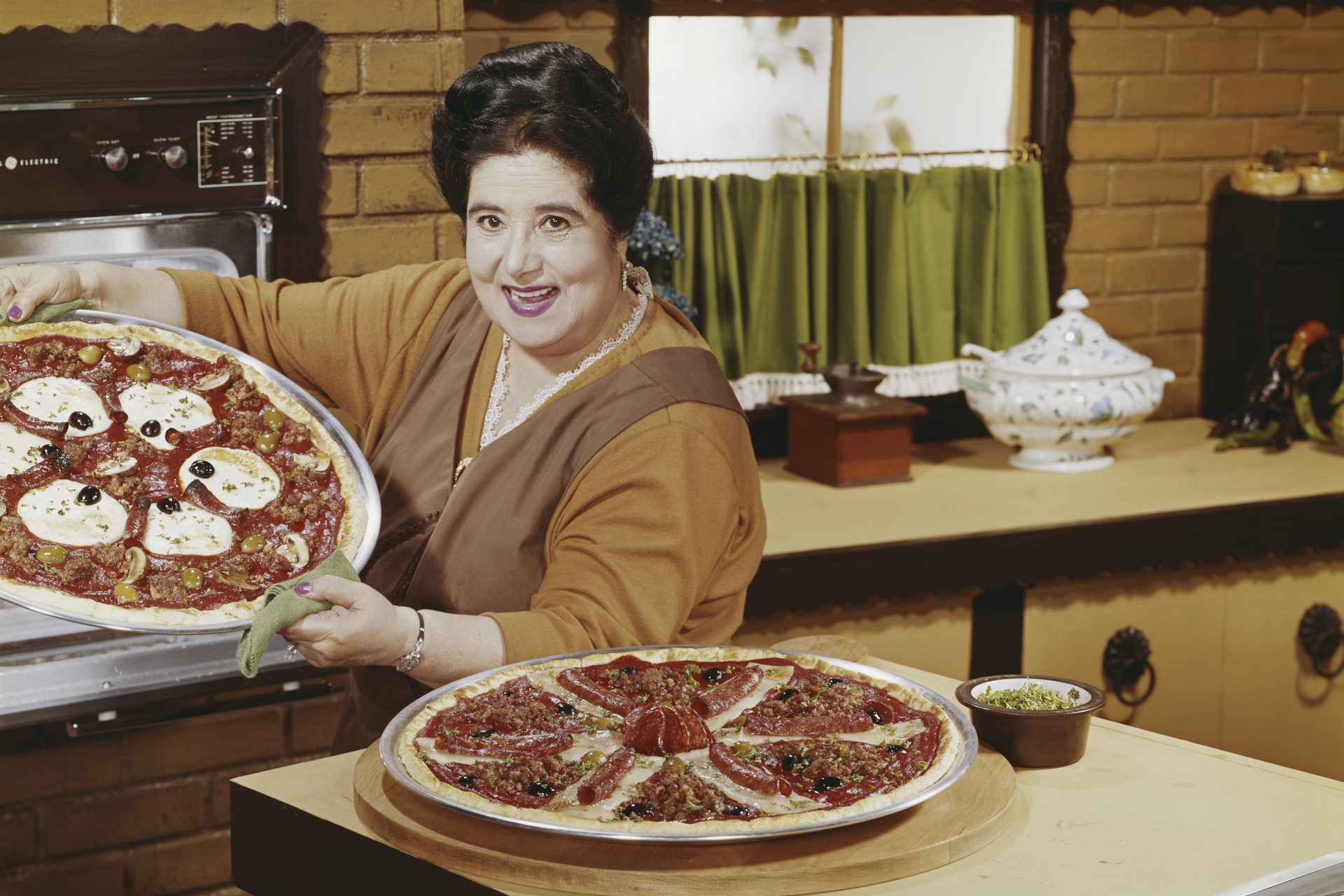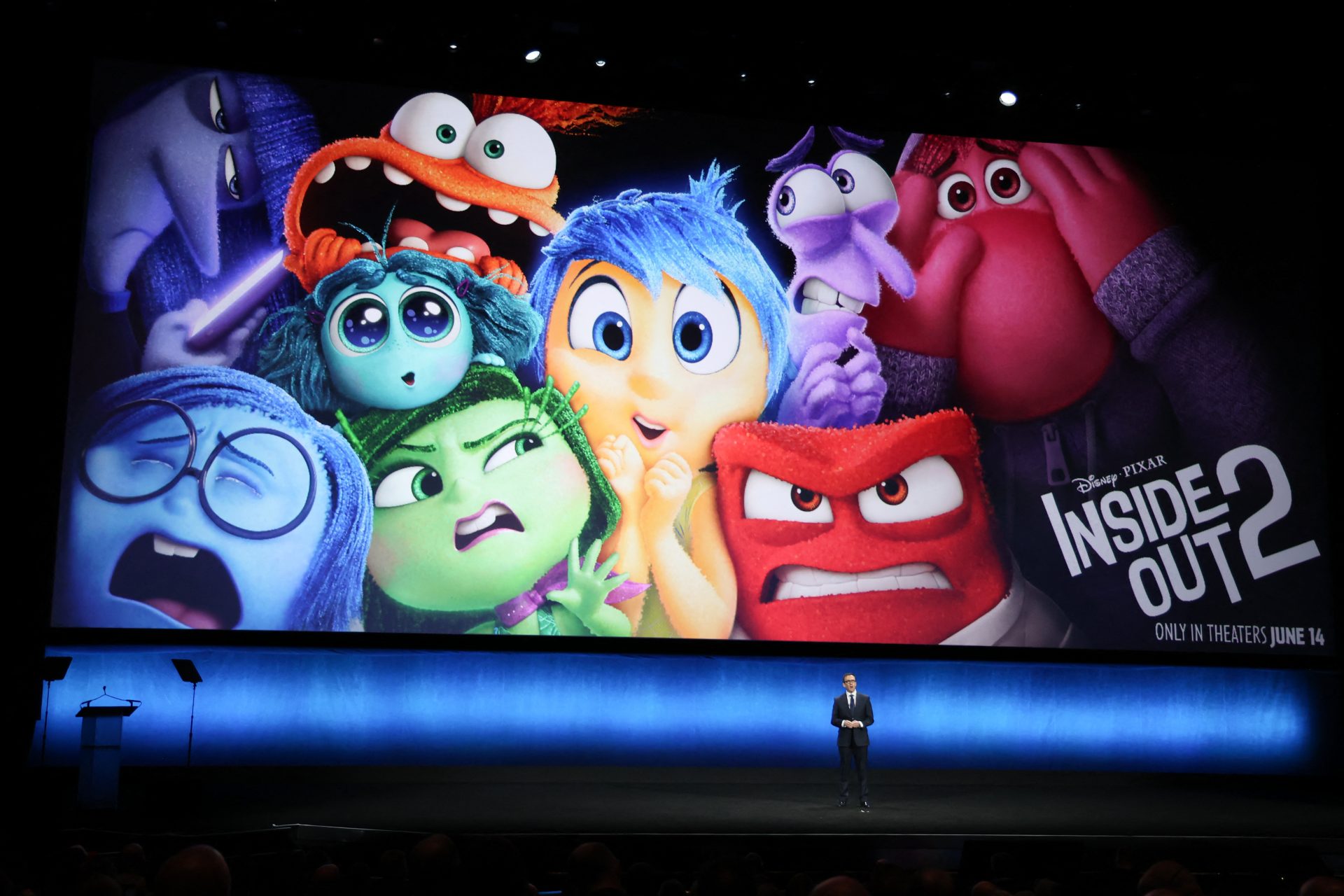Bet you didn't know these things about pizza!
Pizza: there are few foods everyone can agree on like this. It's a universal favorite. But how much do you really know about the dish?
Follow Showbizz Daily to see the best photo galleries every day
For Italians, the pizza is an art. In some cases, it's even a religion that can unleash real crusades, Even the starred chefs get targeted for a filling that is a little too innovative or a mixture a little too thin.
Photo: Gianluca Gerardi / Unsplash
In short, we have eaten so many pizzas in our lives that we feel authorized to have our say. But how much do we really know about these round, savory pies? Here are some curious data you may not know about pizza.
Photo: Henry Perks / Unsplash
This gallery can cause unwanted effects, such as inducing hunger and an uncontrollable craving for complex carbohydrates.
Image: Heidi Kaden / Unsplash
Pizza became an intangible heritage of Unesco in 2017. To be more precise, it became "the traditional art of the Neapolitan pizza maker." Of course, without this art, the heritage of the pizza wouldn't exist at all.
Photo: Lee Jiyong / Unsplash
The birth of pizza (as we are used to eating it today) is universally traced back to the visit of the Kings of Italy to Naples, which took place in 1889. We are talking about Umberto I and his beautiful wife Margherita of Savoy.
To pay homage to these royal influencers beloved by the people, the best pizza chef in Naples, Raffaele Esposito, created a pizza, especially for Margherita. Its ingredients resembled the colors of the Italian flag: tomato (red), mozzarella (white), and basil (green).
Photo: Paolo Genoese / Pixabay
Let's dispel some rumors circulating on the net: pizza was not born in the United States. But one thing is true: the Americans didn't take much longer than the Italians to discover the taste of pizza, and they were the first to make a business of it.
Photo: Maria Oswalt / Unsplash
The first pizzeria was opened in New York by an Italian emigrant, Gennaro Lombardi, in 1905. Not much time had passed since the birth of pizza Margherita.
Image: Little Italy, New York, by Nicolas Hoizey / Unsplash
Pizza gives its name to a phenomenon studied in sociology. It's called the 'pizza effect.' The term describes an element of a culture that's transported to another culture, considerably transformed, and then returns to the original culture in this new version.
In some cases, this transformed version of the product supplants the original. This is the case for some types of pizza (such as capricciosa) which actually have very little Italian influence but which Italians now consider very Italian.
Photo: Lavi Perchik / Unsplash
In Naples, if proposed as street food to eat while walking, the pizza is folded into a 'wallet' (or 'booklet') or folded on itself to be eaten comfortably without cutlery. This version was also preferred by Bill Clinton, who tried it in 1994 when Naples hosted the G7.
The first example of e-commerce was born thanks to pizza. In 1994, in Santa Cruz, California, a franchise of the Pizza Hut chain created a web page to allow its customers to order pizza online. It was the first time this happened.
Photo: Mishaal Zahed / Unsplash
Outside of Italy, giant pizzas to share with the family are a common practice. To solve the 'fair portion problem,' Rick Mabry and Paul Deiermann, two American mathematicians from the University of Louisiana, published their study 'The center of a sliced pizza' in Mathematics Magazine.
The mathematicians concluded that everyone eats the same amount of pizza, if - and only if! - at least one of the pizza cuts passes through the center. In short, you just have to hope that whoever prepares your order, does so with mathematical precision!
Photo: Klara Kulikova / Unsplash
According to a study by the University of Michigan, pizza is a highly addictive food. It mainly consists of carbohydrates, fats, and salt - elements that satisfy the amygdala and cause us to want to repeat. Pizza was also ranked as the food most associated with addiction symptoms on the Yale Food Addiction Scale.
Photo: Jochen van Wylick / Unsplash
Yet, Dr. Valentina Schirò, a nutrition biologist specializing in food science, told Vanity Fair that "pizza consumed in the right quantities - maximum once a week - and included in a healthy and balanced diet, can be considered a real mood booster." Clearly, the doctor refers to a simple pizza, with tomato and mozzarella, and without too many dips!
Photo: Jon Tyson / Unsplash
From the traditional Margherita to the more elaborate and imaginative shapes, pizza is so loved that it has not one but two days a year dedicated to it: World Pizza Day (January 17) and Pizza Day (February 9).
Photo: Nik Owens / Unsplash
Pizza is the most-ordered takeaway dish in most countries in the world. According to a ranking drawn up by Just Eat, even in Italy itself it is by far the most-ordered food for a comfortable dinner in the house.
Photo: Drew Beamer / Unsplash
Is there a 3D printer for pizza? Well yes! It was designed by a company called BeeHex, a spin-off company of NASA. It claims that the printer is able to churn out a fresh and fragrant pizza in no time, using tomato and mozzarella instead of ink cartridges. Although it is not as good as a pizza cooked in a wood oven, we are sure that for astronauts engaged in long missions in space, this invention has been a welcome addition!
Photo: Lutz Peter / Pixabay
Pizza is so popular that it cannot be overlooked even in the fantastic world of video games. Have you heard of Pizza Tycoon, Pizza Connection, and Pizza Syndicate?
...then maybe we wouldn't have Google. Before creating Google, the business on which Sergey Brin focused in the mid-90s was a service that, using the restaurant fax, made it possible to order pizza via the Internet. It didn't go well, and after that, we got Google!
The object of every joke, pizza with pineapple (or Hawaiian pizza if you prefer) was born in Canada. It was invented by a Greek immigrant, Sam Panopoulos. "Nobody liked it at first," he told CBC Radio. However, things changed over time, even though skepticism prevails among Italians.
Photo: bckfwd / Unsplash
Francesco Martucci received the award for best pizza chef in Italy for four consecutive years. To try his pizza, you will have to go to Caserta and book a table at 'I Masanielli,' his pizzeria. Once you're there, take advantage of the trip to visit the beautiful Royal Palace overlooking the city of Campania, declared a World Heritage Site by UNESCO in 1997.
Photo: Pietro Ricciardi / Pixabay
According to the Guinness Book of Records, the most expensive pizza in the world cost about $ 2,700 in Industry Kitchen, New York in 2017. It was topped with white Stilton cheese from the UK, foie gras and truffles from France, Ossetra caviar from the Caspian Sea, Almas caviar, and 24-karat gold leaf. (We apologize to the purists for this variation.)
Photo: Micheile dot com / Unsplash
In reality, the previous number is not the highest price paid for pizza in history. Legend has it that Laszlo Hanyecz paid 10,000 bitcoins for two pizzas at home in 2008. They weren't worth much at the time, but today, this would be hundreds hundreds of thousands of dollars, depending on the exchange rate.
Pizza is an easy dish, which makes it very popular. However, according to Corriere Della Sera, even in a pizzeria one should respect table manners. Among these rules, two of them seem to be the most important. The first is to avoid over-customizing a pizza so as not to spoil the original recipe. The second, we use as a personal reminder: stop looking at other people's pizzas.
Finally, let's add another rule for foreigners in Italy: please don't ask for Parmesan to go with a seafood pizza.
Follow Showbizz Daily to see the best photo galleries every day




